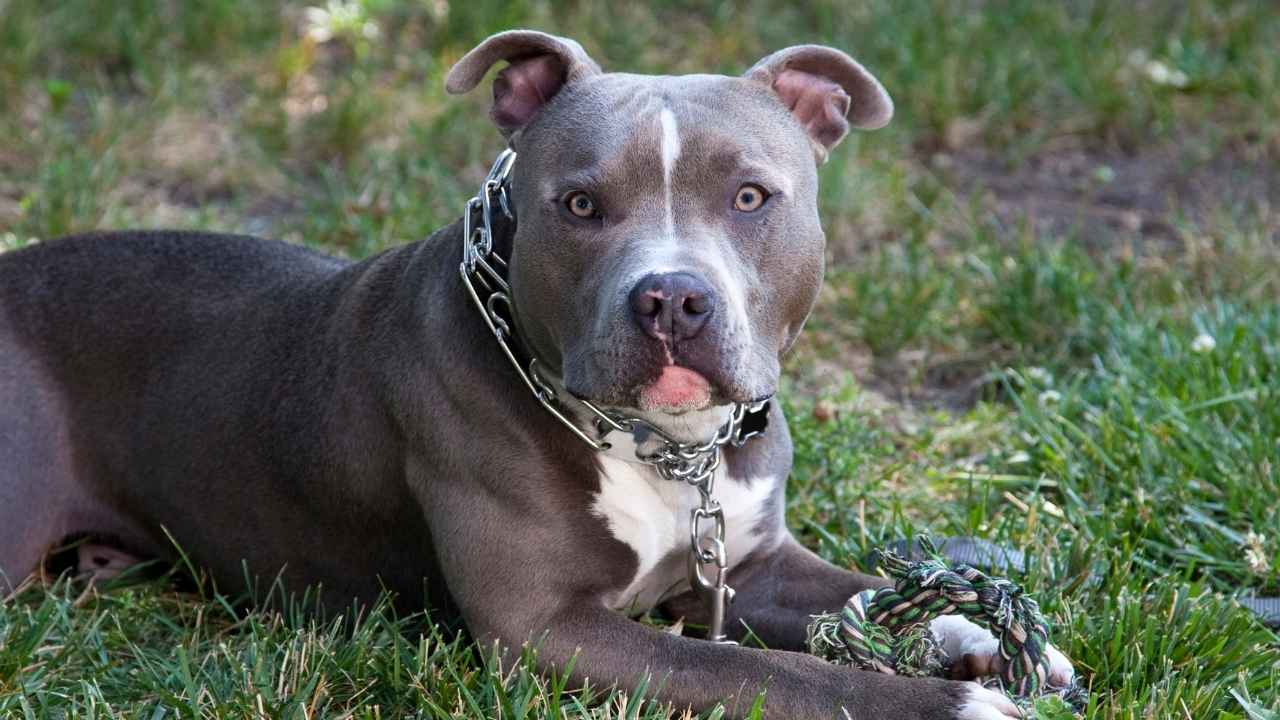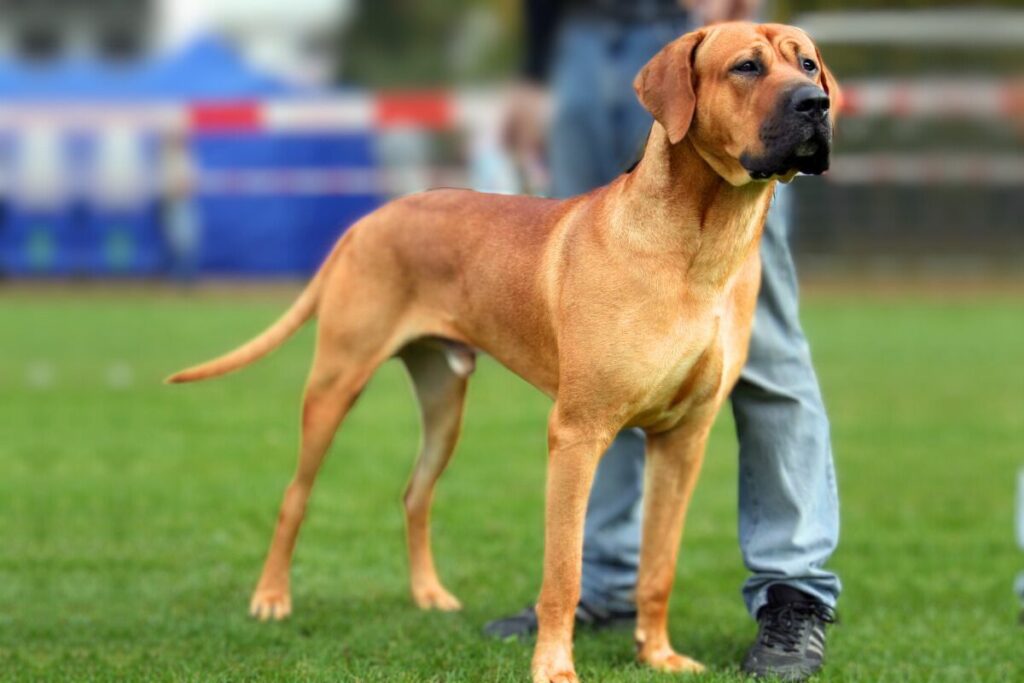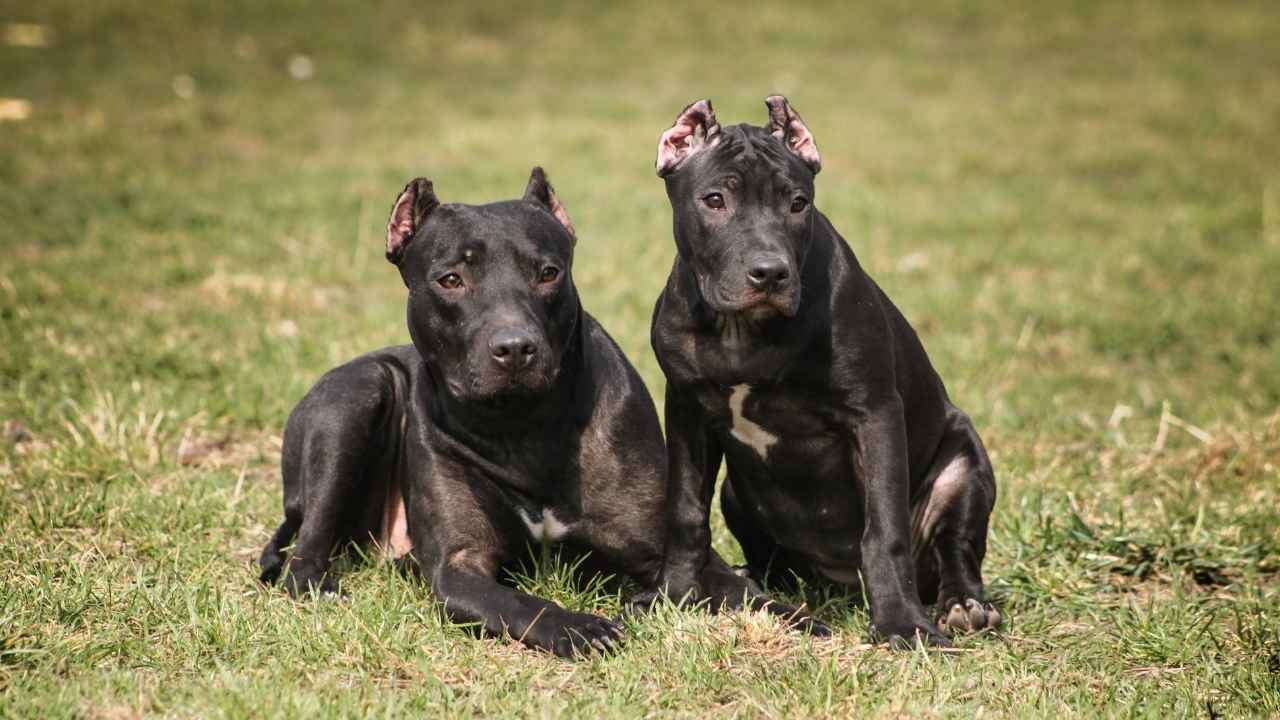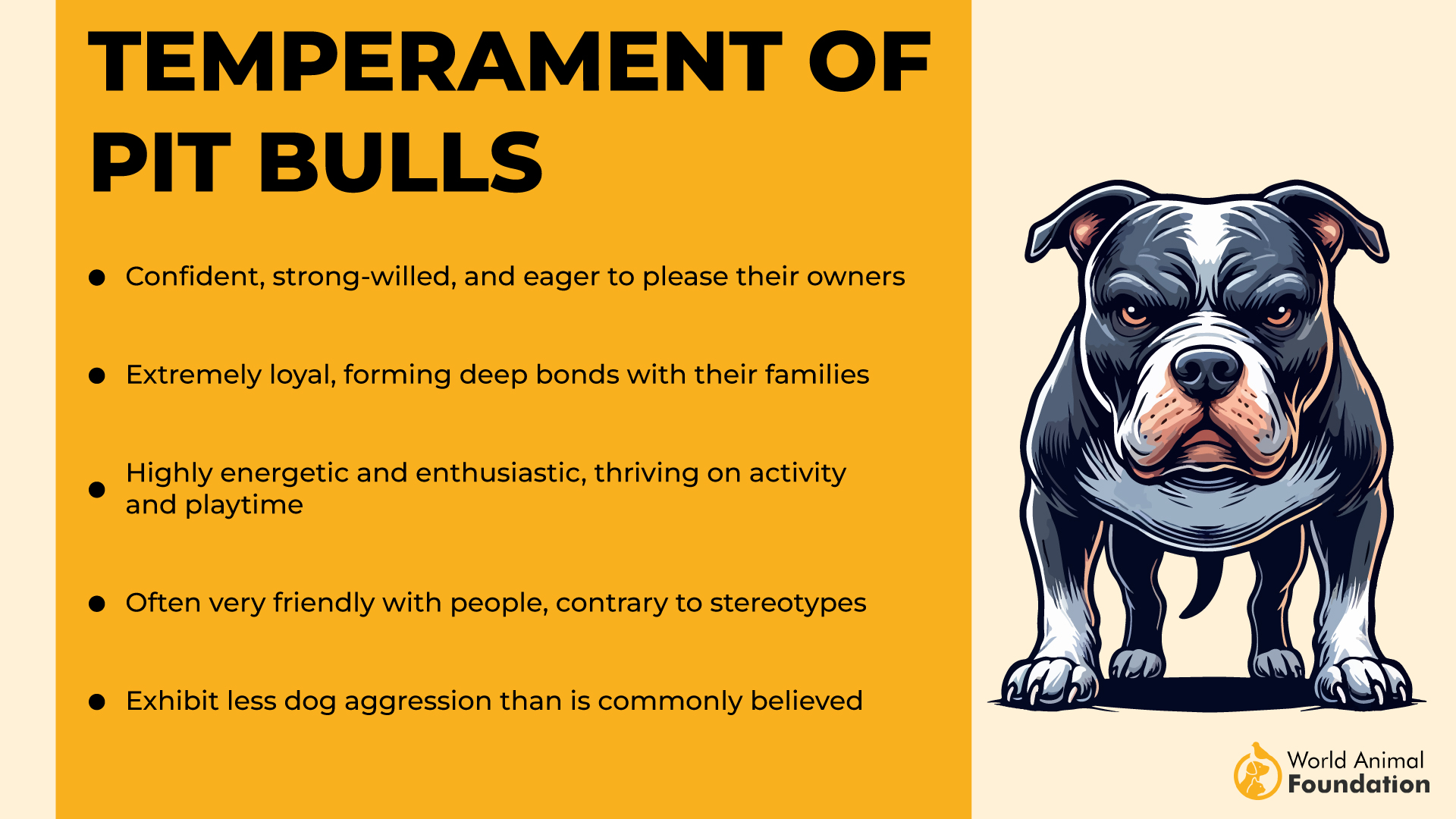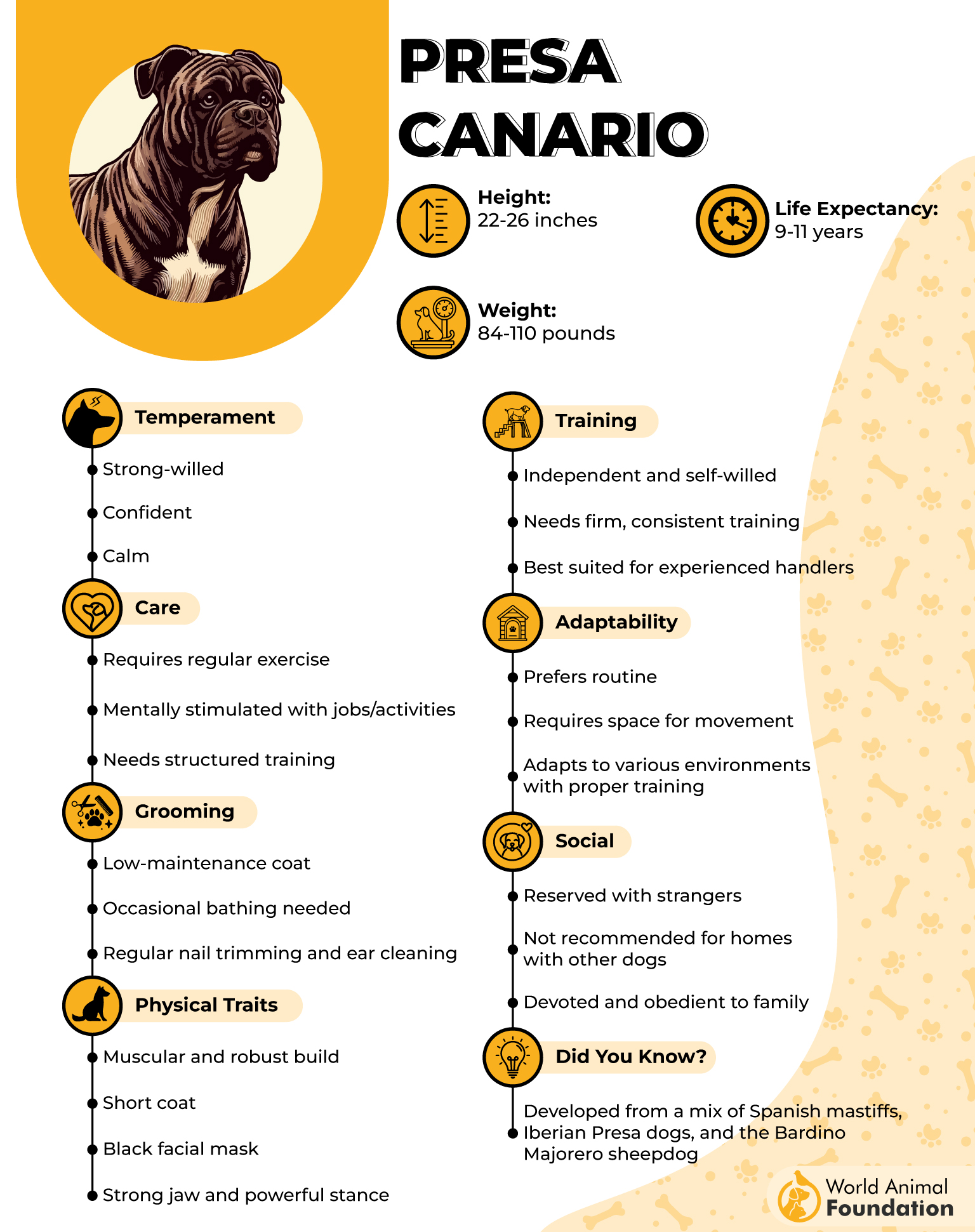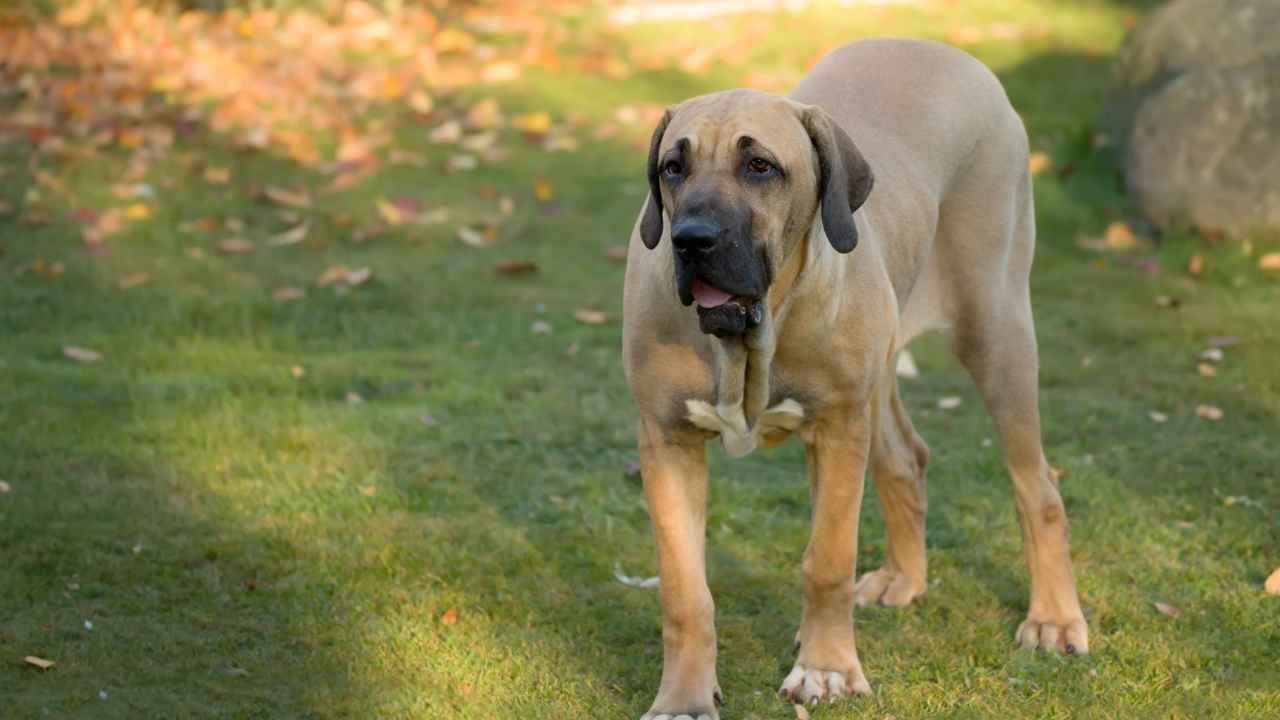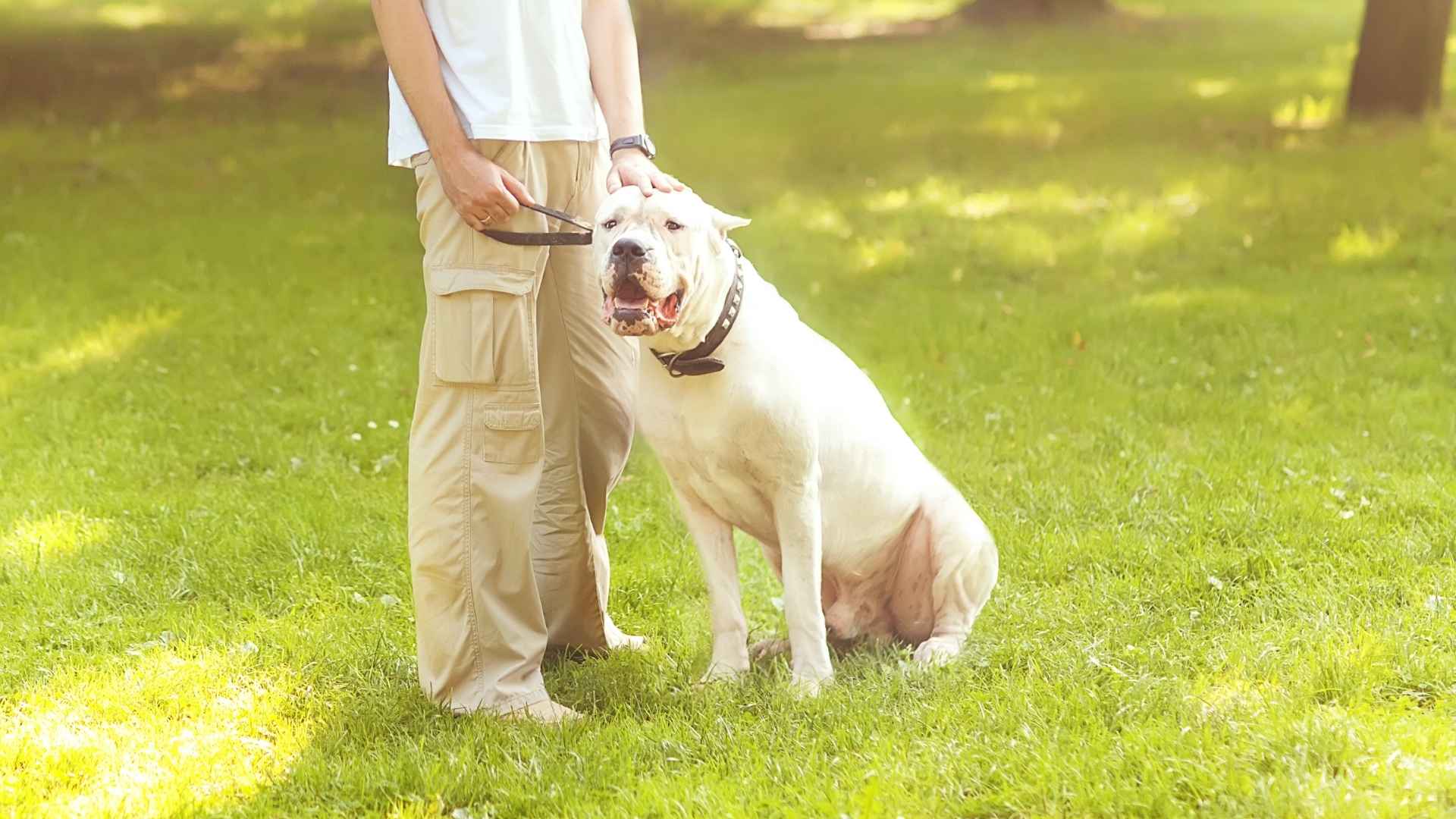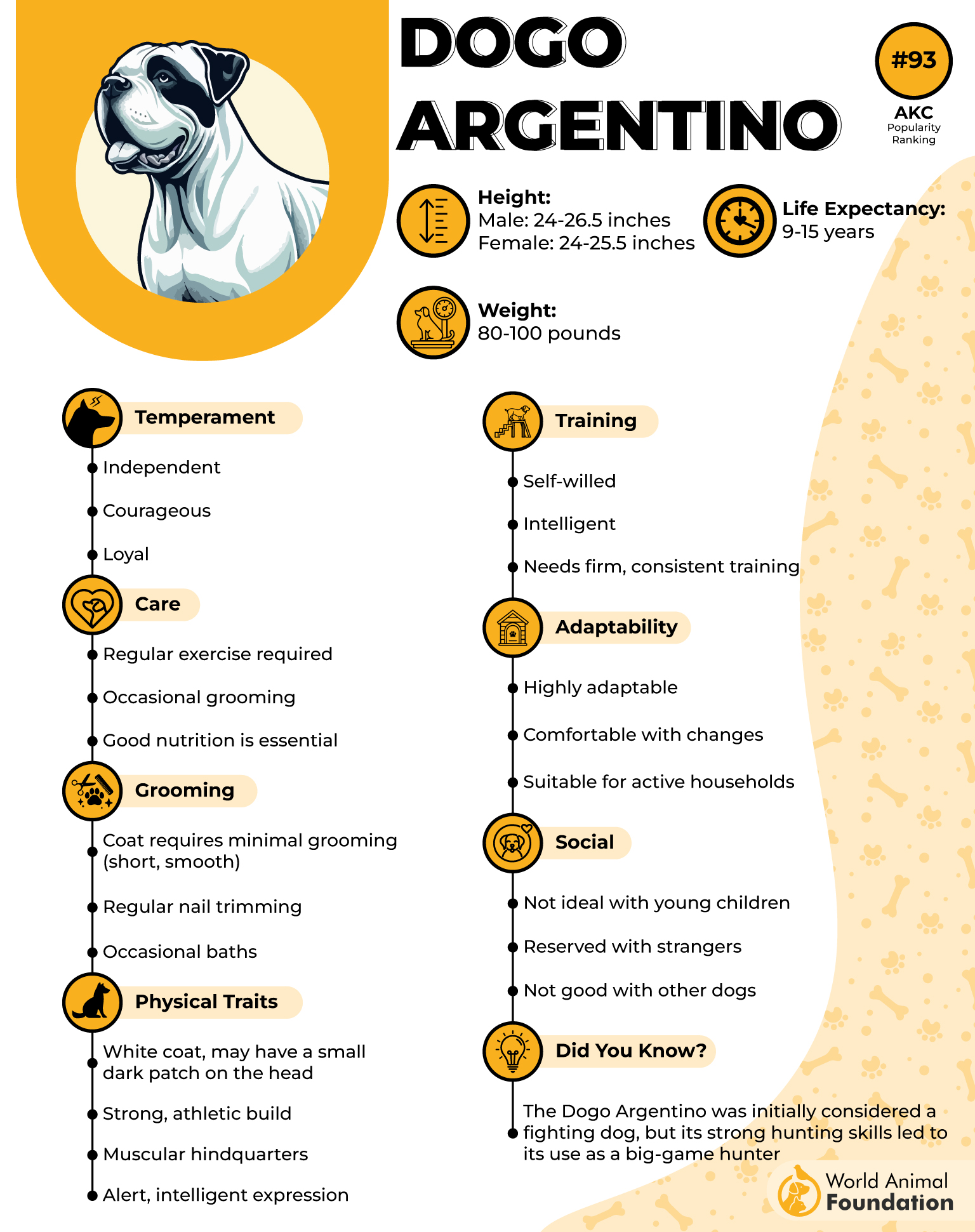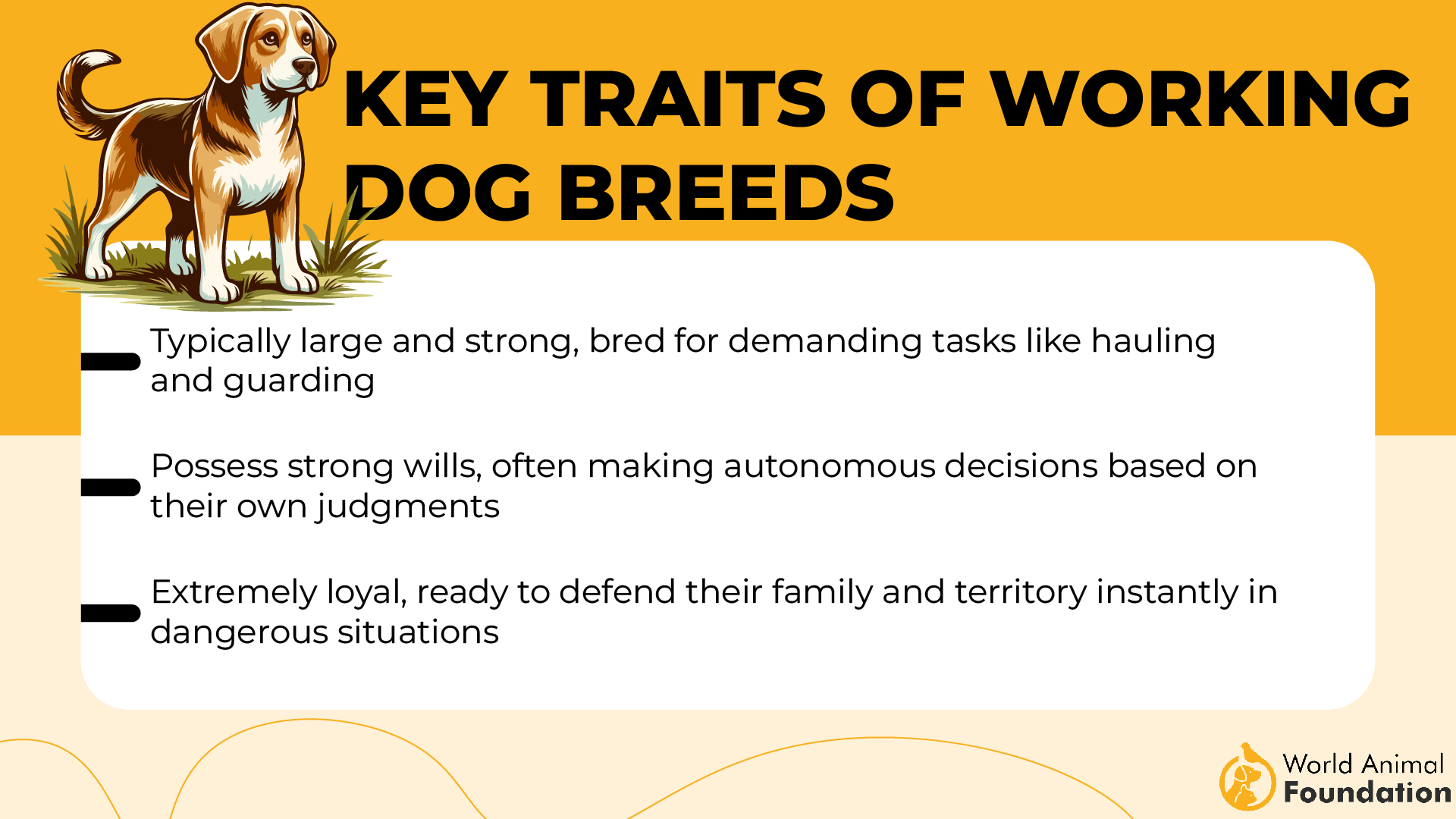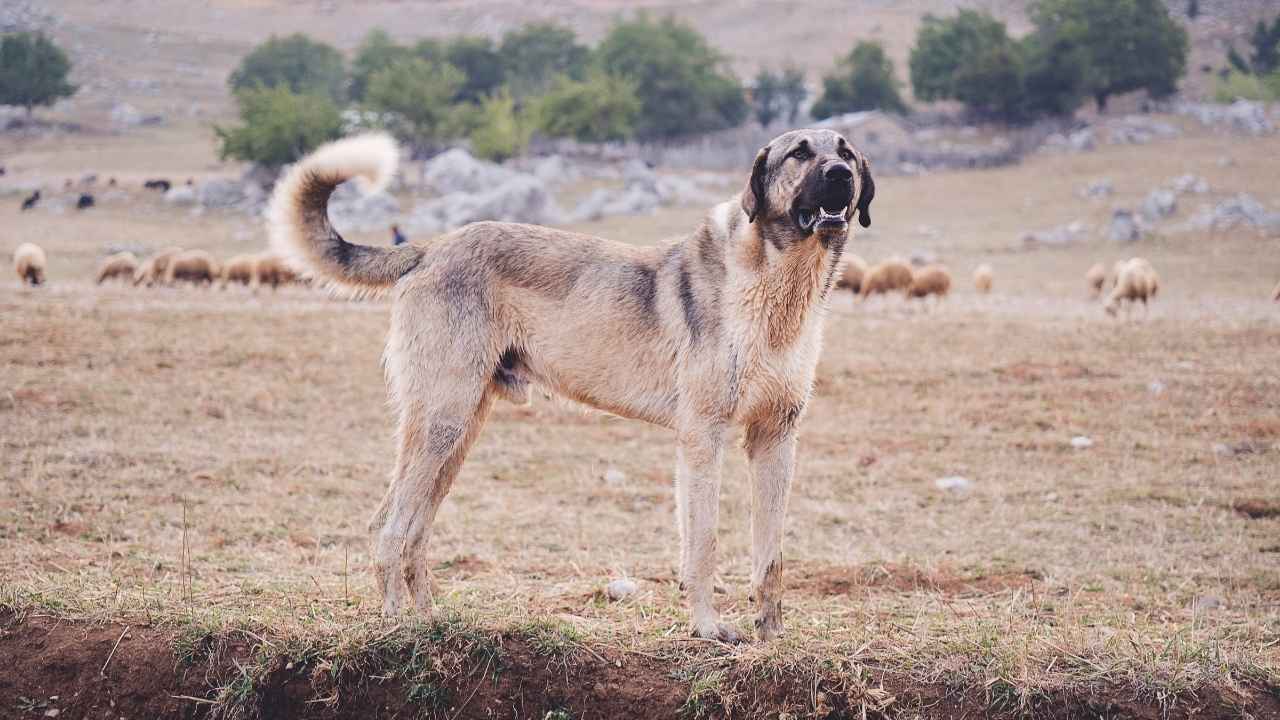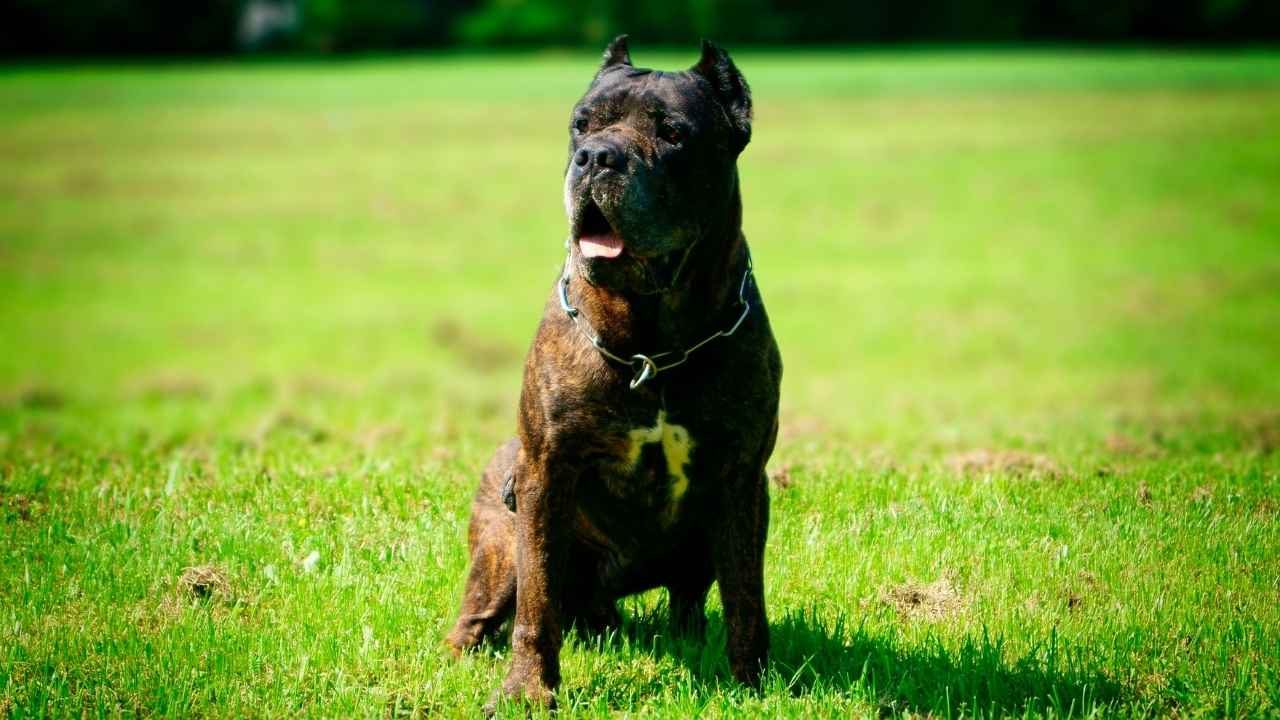Throughout history, dogs have been celebrated as loyal companions and protectors. However, not all breeds enjoy universal acceptance. Some have faced bans in various countries due to concerns about aggression and safety. This article delves into the controversial topic of seven dog breeds that have been banned across the globe. Are these breeds inherently dangerous, or are they misunderstood victims of their own reputation? By examining the facts, myths, and stories surrounding them, we aim to uncover the truth: are these dogs truly perilous, or do they possess a potential for love and companionship that is overshadowed by fear?
Dogs are known as man’s best friend, but not all breeds enjoy the same level of acceptance. Across various countries, certain breeds face bans or strict regulations due to concerns about aggression, strength, and historical incidents.
Some breeds have gained a controversial reputation, but is it truly justified? Are they inherently dangerous, or is their behavior shaped by upbringing and environment?
Read on to explore the most banned dog breeds worldwide, the reasons behind their restrictions, and the debate surrounding their temperament.
Most Banned Dog Breeds in the World
1. Japanese Tosa
The Japanese Tosa is one of the most banned dog breeds worldwide, primarily due to its history as a fighting dog. Originally bred in Japan for sumo-style dog fighting, this massive and muscular dog breed was developed for strength, endurance, and an unwavering fighting spirit.
Its powerful build and high pain tolerance make it a formidable opponent, contributing to its controversial reputation.
Many countries, including the UK, Denmark, and Australia, have banned the Japanese Tosa due to concerns about its potential aggression. Although well-trained Tosas can be calm and loyal, their innate fighting instincts make them a risky choice for inexperienced owners.
The breed’s unpredictable response to threats is a key reason for the ban. Unlike other guard dogs, the Tosa was bred to fight silently, showing little warning before attacking. This lack of traditional warning signals increases the risk of dangerous encounters, making them a liability in public spaces.
Japanese Tosas can be gentle and affectionate with their families despite their reputation. However, they require firm training, early socialization, and a responsible owner who understands their unique temperament. Their strength and territorial instincts can make them difficult to control without proper guidance.
While some argue that responsible ownership can prevent aggression, others believe such powerful breeds pose an inherent risk. Whether feared or misunderstood, the Tosa remains one of the most restricted dog breeds in the world.
2. American Pit Bull Terrier
The American Pit Bull Terrier (APBT) is one of the most banned dog breeds globally due to its association with aggression and historical use in dog fighting. Originally bred for bull-baiting and later dog fighting, the APBT developed a strong bite, muscular build, and high pain tolerance, leading to concerns about public safety.
One of the main reasons for restrictions is their involvement in dog attack statistics. While not inherently aggressive toward humans, improper training, neglect, and irresponsible ownership can lead to dangerous behavior.
Despite their reputation, American Pit Bull Terriers can be affectionate and loyal pets. With early socialization and proper training, they are intelligent, friendly, and even good with children. Advocates argue that aggression stems from upbringing and environment rather than genetics.
Media coverage has fueled the APBT’s negative image by emphasizing attacks without context. This has led to fear-based policies banning the breed instead of promoting responsible ownership. As a result, many well-trained Pit Bulls face discrimination despite never displaying aggression.
The debate over Pit Bull bans continues, with supporters advocating for education and stricter ownership laws over outright prohibition. While their strength and history contribute to restrictions, many believe proper training can make them loving and well-behaved companions.
3. Presa Canario
The Presa Canario, also known as the Perro de Presa Canario, is one of the most banned dog breeds due to its formidable size, strength, and history as a working and fighting dog. Originating from the Canary Islands, this breed was primarily used for guarding livestock and, unfortunately, dog fighting. Its powerful build, strong bite force, and dominant nature make it a breed that requires experienced handling.
Many countries have banned or heavily restricted the Presa Canario due to concerns over aggression. While not naturally vicious, they are highly territorial and protective, which can lead to aggressive behavior if not properly socialized. Their wariness of strangers and strong guarding instincts make them a liability in inexperienced hands.
One of the most infamous cases involving a Presa Canario was the 2001 fatal attack on a woman in San Francisco, which intensified concerns about the breed’s danger. This incident reinforced the perception that the Presa Canario could be unpredictable and deadly when improperly trained or handled.
Despite their reputation, Presa Canarios can be loyal, affectionate, and highly trainable with the right owner. They require early socialization, firm leadership, and consistent training to ensure they develop into well-balanced dogs. Without proper guidance, their natural guarding instincts can escalate into aggressive behavior.
4. Fila Brasileiro
The Fila Brasileiro, also known as the Brazilian Mastiff, is banned in many parts of the world due to its immense size, strong guarding instincts, and deep-rooted aggression toward strangers.
Originally bred in Brazil to hunt jaguars and guard plantations, this breed is known for its unwavering loyalty to its owner but extreme distrust of outsiders. Its natural suspicion makes it a risky choice in public spaces.
Many countries, including the UK, New Zealand, and Norway, have banned or heavily restricted the Fila Brasileiro. One of the main reasons is its strong ojeriza, a Portuguese term meaning an inborn aversion to strangers. Fila’s aggression toward unfamiliar people is deeply ingrained, making it difficult to manage in urban environments.
Due to its independent and dominant nature, this breed requires an experienced and authoritative owner. A Fila can become dangerously uncontrollable without proper training and strict socialization from an early age. Their sheer size and strength add to the risk, as they can easily overpower an inexperienced handler.
The Fila Brasileiro remains a controversial breed, with some arguing that its temperament is too unpredictable for safe domestication. While responsible ownership and training can help manage their instincts, many countries prefer to enforce bans rather than risk potential attacks.
5. Dogo Argentino
The Dogo Argentino is one of the banned breeds in multiple countries due to its powerful build, high prey drive, and history as a hunting and fighting dog. Originally bred in Argentina for big-game hunting, this muscular and fearless breed was designed to take down wild boars and pumas.
Its strong bite force and relentless determination make it a formidable guardian but also a concern in regions with breed restrictions and laws against potentially dangerous breeds.
Many other countries, including the UK, Australia, and Germany, have placed the Dogo Argentino faces nationwide bans in some regions due to concerns over public safety.
As AKC states, they can become overly protective without proper guidance, leading to risks when interacting with other animals or strangers.
One major reason for these restrictions on certain dog breeds is the breed’s history of illegal dog fighting. Despite being bred for loyalty and companionship, some irresponsible owners have used the Dogo Argentino for aggressive purposes, leading to increased regulations.
They are highly intelligent, loyal, and capable of being excellent protectors. However, their strong-willed nature requires an experienced handler who understands the responsibilities of owning a breed often considered dangerous at local levels.
The debate over banning the Dogo Argentino continues, with advocates arguing that poor ownership, not the breed itself, is the real issue. While certain dog breeds face legal restrictions, many experts believe responsible training and care can make a difference.
6. Kangal
The Kangal Shepherd Dog is one of the restricted breeds in several countries due to its immense size, strong guarding instincts, and strong bite force. Originally bred in Turkey to protect livestock from predators like wolves and bears, this powerful working dog is known for its exceptional loyalty and territorial nature.
While not inherently aggressive toward humans, its natural guarding instincts make it a breed that requires proper training and socialization. Many other countries, including some in Europe and the U.S., have imposed restrictions on the Kangal Shepherd Dog due to concerns over its potential to be a dangerous dog if mishandled.
Their unmatched strength and high protective drive require an experienced owner who can establish firm leadership. Kangals excel as working and guard dogs but can become overly protective without proper socialization.
One of the main reasons Kangals appear on the banned list in certain regions is their incredible bite force, which is among the strongest dog breeds banned worldwide. This breed was specifically developed to remove large predators, making them highly effective guard dogs and a potential risk in urban environments.
As Purina states, a well-raised Kangal is composed and confident. However, due to their size and strength, they are not recommended for first-time owners, as they require early training and consistent handling.
The debate over restricting the Kangal Shepherd Dog continues, as some argue that responsible ownership is key, while others believe this dangerous dog should face nationwide bans.
7. Bandog
The Bandog is one of the potentially dangerous breeds that face breed restrictions or outright bans in many other countries due to its immense strength, protective instincts, and history as a guard dog.
Not a specific breed but rather a type, Bandogs are typically a mix of American Bulldogs, Mastiffs, and other working dogs, selectively bred for guarding and protection. Their intense loyalty and power make them excellent protectors but can become unpredictable without proper training.
Several other countries have placed the Bandog on the banned list or imposed ownership regulations. This is because Bandogs have been used in illegal dog fighting. Their high pain tolerance, extreme territorial instincts, and sheer physical power make them a challenge for inexperienced owners.
One major reason Bandogs are considered dangerous is their unpredictability. Bandogs have a diverse lineage with varying temperaments. Some may be more stable, while others may inherit aggression from their bloodline.
This variability makes them difficult to regulate, leading to bans in places where other breeds with similar traits are also strictly prohibited. Their intense guarding instincts mean they must be carefully managed around other animals and strangers, as they tend to be highly territorial.
The debate over banning Bandogs continues, as they remain a restricted breed in other countries that enforce strict laws on certain dog breeds to prevent accidents and attacks.
Conclusion
The following dog breeds, including American Staffordshire Terriers, Staffordshire Bull Terriers, Tosa Inu, and Rottweilers, are among the most banned worldwide due to aggression and public safety concerns. Breed-specific legislation (BSL) targets these potentially dangerous dogs, restricting or prohibiting their ownership in many countries.
Doberman Pinschers, German Shepherds, Belgian Malinois, Neapolitan Mastiffs, and even Great Danes have also faced regulations due to their strength, guarding instincts, and potential risk in an untrained owner’s possession. While advocates argue that training and responsible ownership matter more than breed alone, many governments enforce strict policies against the following breeds.
The debate over BSL remains ongoing, with some calling for better education and stricter ownership laws instead of outright bans. While these breeds can be loyal and protective companions in the right hands, their reputation and powerful nature keep them under heavy scrutiny worldwide.
In conclusion, the issue of banning certain dog breeds due to perceived danger is a complex and often contentious topic. While some breeds have gained notoriety due to historical incidents and temperament stereotypes, it’s essential to recognize that individual behavior is influenced by various factors, including training, environment, and owner responsibility. Banning specific breeds may not address the root cause of aggression or dangerous behavior. Instead, education on responsible pet ownership, proper training, and promoting well-informed breeding practices may offer more effective solutions in ensuring safety for both humans and dogs while preserving the diversity of canine breeds.

